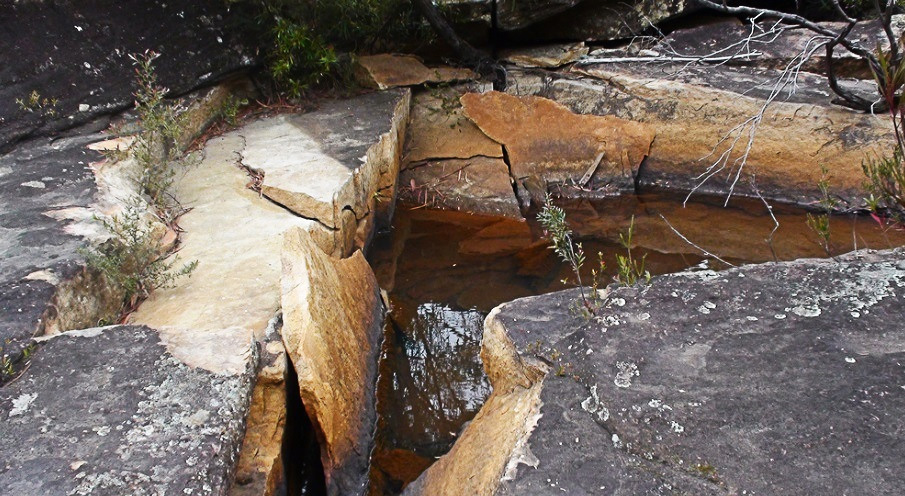Stop CSG Sydney, fresh from its success to protect St Peters from coal seam gas (CSG) mining, is one of the groups that signed up to the alliance along with other local environmental protection groups, Botany Bay and Catchment Alliance and Georges River Environmental Alliance.
Sydney’s drinking water catchment areas provide water to more than 4.5 million people with 90 per cent of these areas covered by coal and coal seam gas exploration licences. In recent planning changes the NSW government restricted coal seam gas mining within two kilometres of urban residential areas and near horse studs and vineyards. However, water catchments were not included and are still not recognised as strategic land under NSW planning legislation.
“An individual can be fined up to $44,000 for walking in the catchments,” says Protect Sydney’s Water alliance member Isabel McIntosh. “Yet eight underground longwall coal mines are already operational in the water catchments and APEX Energy wants to commence coal seam gas mining there. It’s an upside down world when mining companies get an open door to go into pristine wilderness areas to crack creek beds, damage underground aquifers and destroy swamps and everyone else is banned.”
“Sydney Catchment Authority figures show that the four coal mines undermining Metropolitan Special Areas drain about three billion litres a year from the water supply. That’s enough to fill 1,200 Olympic-sized swimming pools or for 43 million people to take a ten-minute shower,” says Isabel McIntosh.
“This new alliance will amplify our community voice to demand accountability from Premier O’Farrell and his government to put water before coal, water before coal seam gas, and act on the community’s very real, proven concerns,” she says.
Coal mining in Sydney drinking water catchments releases many tonnes of iron, manganese and other contaminants into the streams that flow into drinking-water dams. During CSG extraction, millions of litres of water would be pumped from deep beneath the earth, threatening ancient aquifers and producing vast quantities of polluted water.
NSW Health has already called for a “comprehensive assessment of potential risks to human health” in relation to CSG drilling because of the risks associated with fracking.
“A clean, reliable and sufficient source of water is absolutely essential for human health and that will become increasingly difficult to guarantee with Sydney’s population growth and climate change,” says Public Health Association of Australia spokesperson Melissa Haswell.
“The important nature conservation values of the catchments are also being trashed, including the delicate upland swamps that help to provide clean, fresh water during dry periods,” says Isabel McIntosh. “These swamps are listed as endangered ecological communities, but unfortunately this listing has not been enough to save them from the impacts of mining.”
A recent poll conducted by Essential Research found that 87 per cent of people support banning coal mining and CSG activities in water catchment areas and within two kilometres of rivers and wetlands. On Thursday October 17 a petition signed by more than 13,000 people wanting to protect Sydney drinking water catchments from CSG mining was debated in NSW parliament. Yet, in February this year Premier O’Farrell approved the expansion of BHP Billiton’s Dendrobium longwall coal mine inside Sydney water catchments.





